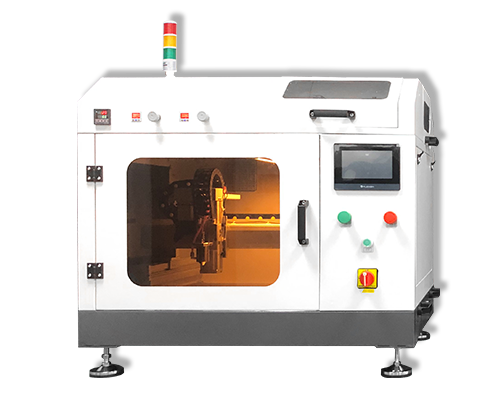Polymer Electrolyte Membrane Fuel Cells
Polymer Electrolyte Membrane Fuel Cells – Fuel Cell Coating – Cheersonic
As an efficient and clean energy, hydrogen energy can alleviate the energy crisis and reduce environmental pollution at the same time, and has become the focus of global renewable energy development. Hydrogen-powered polymer electrolyte membrane fuel cells (PEMFCs) have been widely researched and developed to be the most suitable for electric vehicles, aviation, residential backup power, and storage due to their high conversion efficiency from chemical energy to electrical energy, low operating temperature, and near-zero pollution. Can be applied. During the operation of PEMFC, the reactant gas flows along the channels inside the bipolar plate, diffuses through the gas diffusion layer (GDL) and reaches the active catalyst sites together with the catalyst layer (CL). From an energy engineering point of view, one of the main challenges of PEMFCs is the inhomogeneous power density distribution within the electrodes, since the molar concentrations of hydrogen and oxygen are usually high at the gas inlet and channel GDL interface and gradually decrease along the channel and By virtue of the consumption of reactants, the porous electrode leads to low reactant concentrations near the gas outlet and the membrane CL interface and causes inhomogeneous mass transfer. In conventional PEMFCs, catalysts are uniformly sprayed on the GDL or membrane to form a three-dimensional CL architecture.
Considering the catalyst loading power of each electrode unit, it can be concluded that the catalysts close to the gas outlet and far from the channel-GDL interface are underutilized, resulting in waste of noble metal nanoparticles (e.g., Pt/C). Therefore, the heterogeneous porous The electrode design is a promising strategy to save the use of noble metal catalysts and achieve a more uniform current density distribution without sacrificing the performance of PEMFCs.
The slow reaction that occurs in PEMFCs is the cathode-side oxygen reduction reaction (ORR), which converts O2 into two O2s on active sites on the catalyst surface. Commercially available activated carbon-supported platinum group noble metal nanoparticles have been widely used as catalysts to increase the reaction rate, but the cost has also increased dramatically. There is a need to improve the utilization and efficiency of platinum-based catalysts. To achieve this goal, the current study proposes two strategies, namely the graded distribution of Pt loading within the CL and the electrode porosity within the GDL. The optimal arrangement and distribution of Pt loading can better match the electrochemical reaction and mass transfer, thus enhancing the catalytic efficiency. Due to the spatial variation of the reactant concentration in the porous electrode under different operating conditions, appropriately changing the Pt loading according to the reaction situation can reduce the usage of Pt catalyst and improve the utilization rate of Pt catalyst.
Cheersonic’s ultrasonic coating systems are used in a number of electrolysis coating applications. The high uniformity of catalyst layers and even dispersion of suspended particles results in very high efficiency electrolyzer coatings, either single or double sided.
About Cheersonic
Cheersonic is the leading developer and manufacturer of ultrasonic coating systems for applying precise, thin film coatings to protect, strengthen or smooth surfaces on parts and components for the microelectronics/electronics, alternative energy, medical and industrial markets, including specialized glass applications in construction and automotive.
Our coating solutions are environmentally-friendly, efficient and highly reliable, and enable dramatic reductions in overspray, savings in raw material, water and energy usage and provide improved process repeatability, transfer efficiency, high uniformity and reduced emissions.
Chinese Website: Cheersonic Provides Professional Coating Solutions


